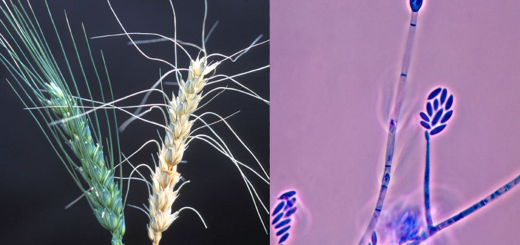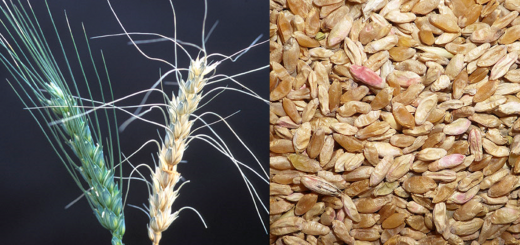#058: Cordyceps militaris: the Scarlet Caterpillar Club
Cordyceps militaris is a fascinating fungus that infects caterpillar and moth larvae. What’s the creepiest thing about this fungus? It mummifies its insect victims. I’ve been told that it also makes its subterranean victims crawl to the surface so that it can more effectively release its spores, but I can’t find anything online to back that up. Instead, everyone seems to want me to buy militaris (more on that later). The Scarlet Caterpillar Club infects the larvae and pupae of a variety of caterpillars and moths. Before they emerge as adults, the host insects live either underground or in decaying wood, so C. militaris mushrooms often look like a generic club fungus or earth tongue look-alike. If you dig beneath the surface, however, you will find the mummified remains of the host insect, which provide the nutrients that C. militaris needs to produce spores. Like other members of the Cordyceps clade, C. militaris has a propensity for fruting from the head of its victims. You should always dig up the host insect when you find any Cordyceps species, as this can be helpful in species identification.
The fruiting body is roughly shaped like a caveman’s club: narrower at the base and expanded at the top. It is often curved and may be grooved, twisted, or slightly irregular. The top (head) of the mushroom is orange and the bottom (stipe) is pale orange to orange. If you look closer, you’ll notice that the head is finely pimply, while the stipe is smooth. This difference between the head and stipe indicates that it is an ascomycete, since basidiomycete corals and clubs do not have a differentiated stipe. The tiny pimples on the head are actually where C. militaris releases its spores.
Most of the research into C. militaris investigates its medicinal properties because C. militaris is commercially available as a dietary supplement. A related species, C. sinensis, has been used as a medicinal supplement in China for centuries. C. militaris supposedly can enhance performance, treat diabetes, and cure ED, among other things. Unfortunately, this means that most of the research on C. militaris investigates the validity of these claims rather than investigating the truly interesting aspects of the fungus. If you are interested in buying some, there are numerous companies that sell C. militaris whole or in pills. Personally, I think it’s more fun to find in nature (and the health benefits of hiking are probably greater than those of eating the mushroom).
See Further:
http://www.mushroomexpert.com/cordyceps_militaris.html
http://www.first-nature.com/fungi/cordyceps-militaris.php
http://www.rogersmushrooms.com/gallery/DisplayBlock~bid~5866.asp


![#087: Gymnosporangium juniperi-virginianae, Cedar-Apple Rust [Archived]](https://www.fungusfactfriday.com/wp-content/themes/hueman/assets/front/img/thumb-medium-empty.png)






![#011: Characteristics of Kingdom Fungi [Archived]](https://www.fungusfactfriday.com/wp-content/themes/hueman/assets/front/img/thumb-small-empty.png)

1 Response
[…] means some of its distant relatives include Dead Man’s Fingers (FFF#005) and Cordyceps militaris (FFF#058). Most fungi in this group – including C. parasitica – produce sexual spores inside […]